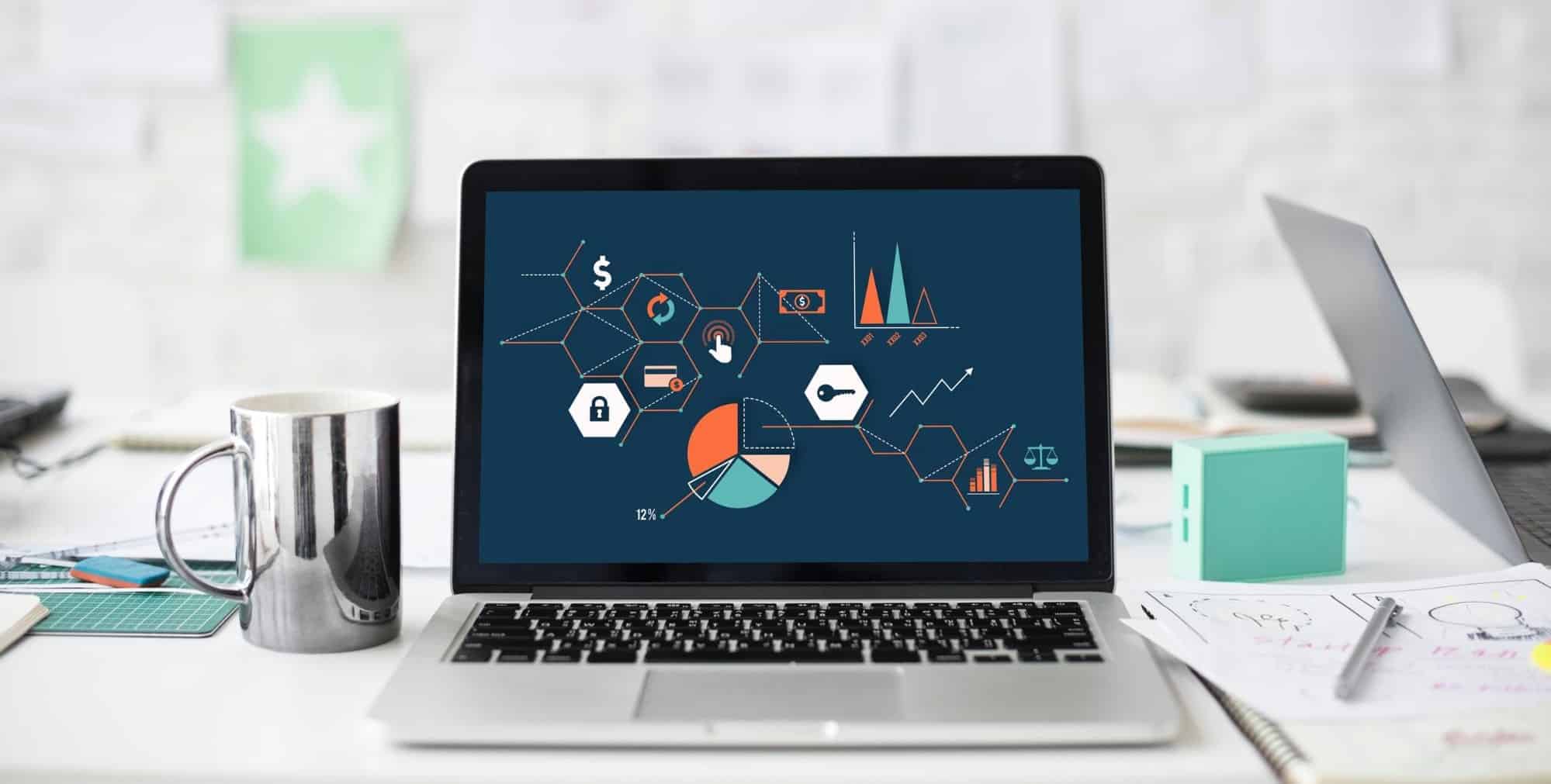#Business Intelligence
Today, most companies have a clear idea of the power inside the data they receive. When we talk about Business Intelligence (BI), we usually focus on operational and financial data. However, there are more areas of your company that BI can draw insights from and help you gain a competitive advantage.
In this article, I take a brief look at the more common ways to harness the power of Business Intelligence, before identifying some opportunities to expand its impact to every level of your business.
Operational BI
One of the more common uses of BI, Operational BI relates to the core business and the daily work of your teams. This is the first step in Business Intelligence, when the company says, “we have all this data, and we want to work with it and analyze it”. It involves using reporting, cubes, data models, dashboards, predictions, for all of your company’s daily work. It’s usually split by departments (sales, operations, HR and so on) or by customers, and in some instances, both.
Financial BI
With Financial BI, the company begins to analyze financial performance and how it’s affecting decision making in the business. It usually involves a lot of complexity with intricate calculations and metrics and requires a very high level of knowledge of how the financials in the sector work. Ultimately, it means analyzing the business’s future prospects.
Internal IT BI
Internal IT BI (information technology Business Intelligence) is less common than financial and operational BI. It allows us to analyze the internal use of our tools, such as the number of users and user time. The focus here is on how we can improve our tools and databases, and what we need to do to make our job and everyone else’s more productive. This BI requires all of our tools to share information, through logs, databases, files, and whatever sources can store and manage our IT Business Intelligence.
Website BI
It’s very common for companies to have website data and tracking tools. These tools allow us to understand who is visiting our website(s), the volume of traffic, location of users, time spent on each page, pages not used and overall performance. From this, we can analyze if our website is working and doing the job that we want to, which is ultimately to showcase our company to the world. We can use a variety of tools for Website Business Intelligence, such as Google Analytics connected to Microsoft Power BI for example.
App IT BI
If your company has a product such as an app, you can take all your log data from your app to create your IT app BI. This will allow you to understand if your customers are using the app, how many users you have, its performance, and how you can try to improve your product.
BI inside BI
Last but not least, you can also analyse how your own BI is performing. This involves analyzing your own reporting log, database log, cube logs, etc. and will allow you to improve the performance by understanding how your data is being used.
In conclusion, introducing Business Intelligence at each level of your company can help improve decision making and increase growth. So why not unleash the power of BI and take yours to the next level?
Alberto Perez is Senior BI and Data Analytics Engineer at Zartis Digital. For more information on the topic above, reach out to AlbertoPerez@Zartis.com.
Zartis empowers companies to build outstanding software. Our services include technology advisory, team augmentation and software development.


